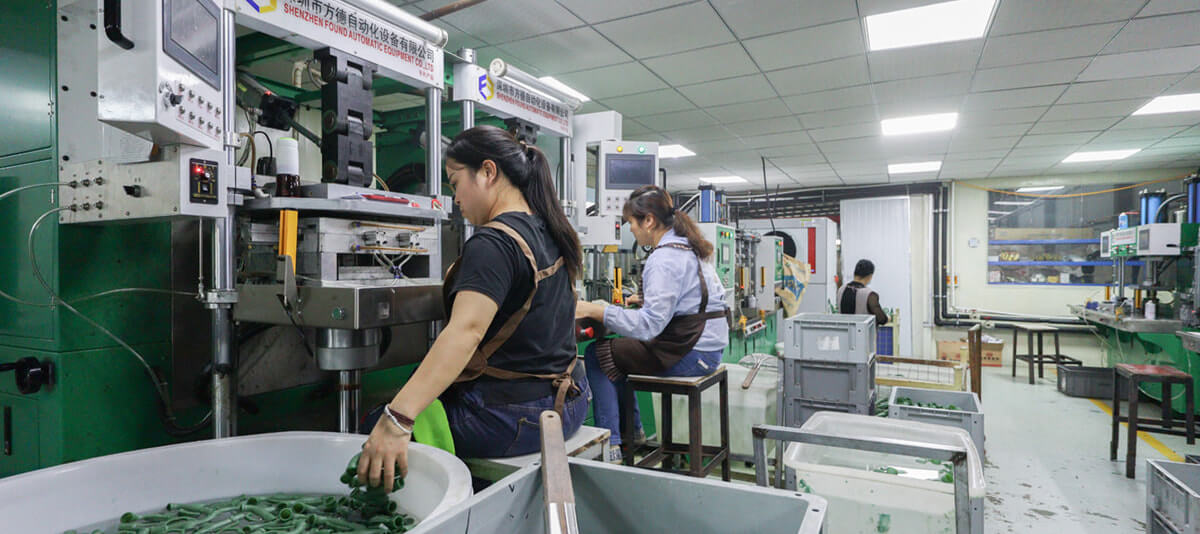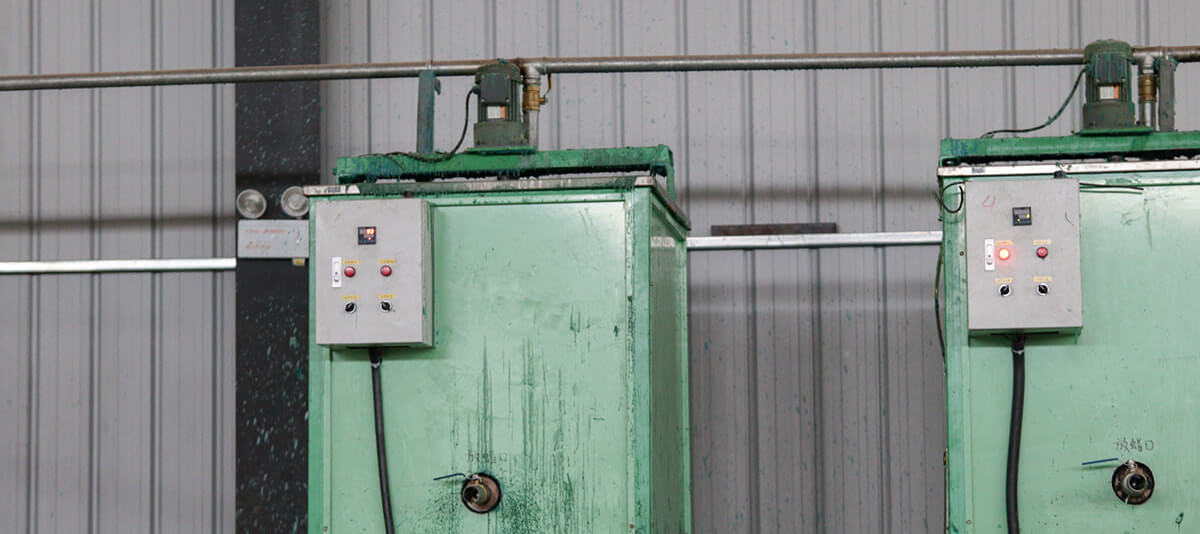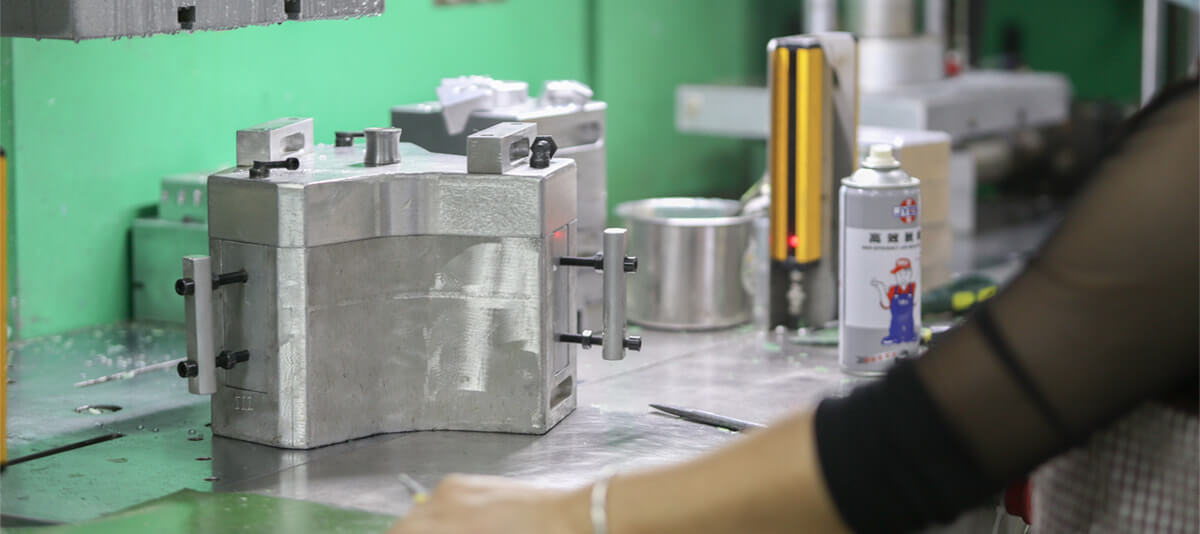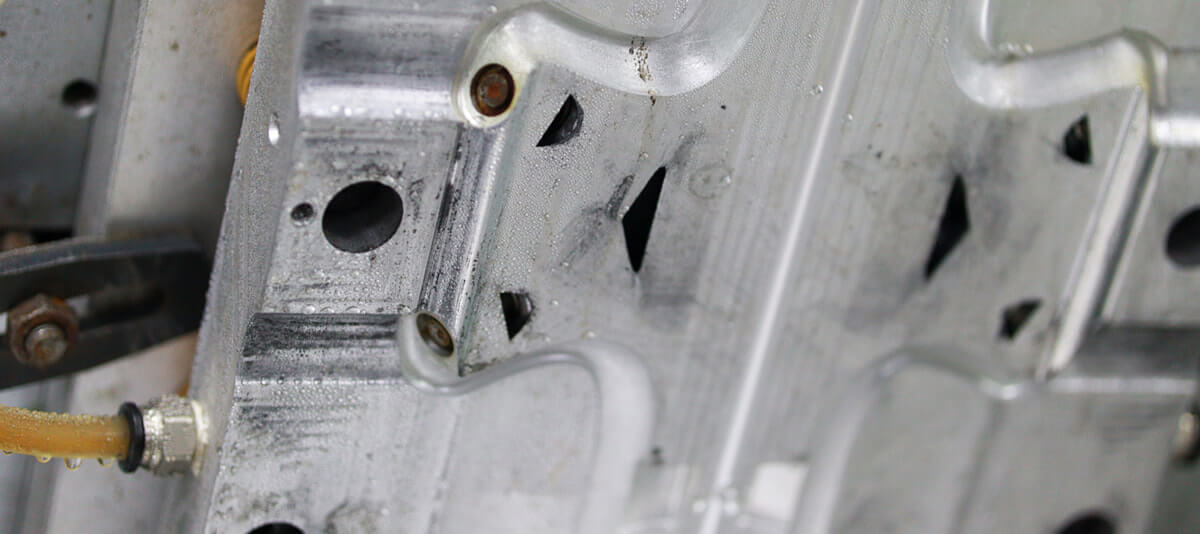Investment casting of complex precision parts requires high-quality equipment capable of achieving tight tolerances with great repeatable accuracy. Machinery and manufacturing processes must also handle large quantities quickly and seamlessly without compromising product quality.
In a traditional investment casting foundry, there is a lot of equipment that needs to be adequately cooled in order to work consistently at a higher efficiency. Among these, the highest demand for cooling equipment is in the wax pattern manufacturing process. In the following content, we will briefly describe the steps of wax pattern making and the choice of cooling equipment.
What is wax mold tooling?
Wax has proven to be a very effective material for rapid model making (both CAD and 3D printing methods) to represent the shape and geometry of the final part.
Using a wax injection tool, the shape of the wax is used to form a ceramic mold. A cavity is formed when the wax is removed; this cavity can later be filled with metal or other materials to form the part. There are several steps in the process of preparing the wax.

Conditioning of the wax
The wax pellets are melted in a holding tank before the liquid wax is injected into the mold’s cavity. Agitation helps to provide consistency when you mix the wax in the holding tank. The injected cavity is larger than the size of the final product to account for the shrinkage of the wax material and the casting metal. This document from IEEE(Institute of Electrical and Electronics Engineers) helps to calculate linear shrinkage using several variables and provides additional insight for creating wax injection tools.

Pattern making
Vacuum-casting machines can be used to create wax patterns. However, during the injection molding process, the liquid wax is usually hydraulically moved from the tank into the injection cylinder. The tool is then closed. Next, a heated hose pushes the wax into the injection tool. It fills the cavity and solidifies to form an investment casting pattern, which is removed once the injection mold is opened and placed on a pallet. It is important to monitor the temperature and pressure of the system during this process.

Cooling of the wax
The wax must be carefully removed from the cavity. It then needs to be cooled in order to keep its shape. Initially, the wax pattern is very soft and must be uniformly supported. A cooling fixture with the same details as the aluminum injection tool may be used. Sometimes, engineers may use spacers to prevent the wax from deforming as it cools, resulting in a higher-quality investment casting tool.

Wax pattern assembly
Each wax pattern is assembled onto a wax runner, which is later used to feed metal into the ceramic casting. There is a screw in the runner, which is used to fix a handle for the next shell-making process. When the wax is removed from the shell later, the ceramic cups will lock the ceramic mold and funnel the metal as it is poured in. The tool plate and frame assembly are modular so the material can be reused to produce more tools.
The selection of chiller for the wax injection process
If you fill and cool the mold too quickly, the quality of the product can be severely affected. If you fill and cool too slowly, production costs will increase. The key here is maximizing throughput – an appropriate injection molding chiller is vital.
ในความเป็นจริง เราสามารถถือว่าแม่พิมพ์เป็นเครื่องแลกเปลี่ยนความร้อน โดยความร้อนถูกถ่ายเทจากพลาสติกหลอมเหลวไปยังแม่พิมพ์ จากนั้นจึงถ่ายโอนไปยังตัวกลางทำความเย็น (น้ำเย็น) ที่หมุนเวียนตลอดเวลา โดยมีเพียงเล็กน้อยเท่านั้นที่เข้าสู่อากาศและ แท่นวางของเครื่องฉีดพลาสติก
อย่างที่เราทราบกันดีว่า ส่วนใหญ่ของวงจรการขึ้นรูปพลาสติกนั้นอุทิศให้กับการระบายความร้อน ซึ่งบางครั้งคิดเป็นกว่า 80% ของวงจรการขึ้นรูปพลาสติก ดังนั้นจึงจำเป็นอย่างยิ่งที่จะต้องรักษาเวลาการหล่อเย็นให้น้อยที่สุด
Simple formula
ก. โดยทั่วไป ปริมาณการฉีดทุกๆ 6 ออนซ์ต้องใช้เครื่องทำความเย็น 1 แรงม้า ตัวอย่างเช่น:
- 100T (5.5OZS) × 3 หน่วย
- 150T (12OZS) × 4 หน่วย
- 200T (23OZS) × 3 หน่วย
ขนาดเครื่องทำความเย็นที่ต้องการคือ (5.5 × 3 + 12 × 4 + 23 × 3 )/6=22.25 นั่นคือจำเป็นต้องใช้เครื่องทำความเย็นขนาด 25HP เมื่อใช้สำหรับระบายความร้อนของอุปกรณ์อื่น ๆ ขึ้นอยู่กับการไหลของน้ำหล่อเย็นรอบที่กำหนด
ข. หรือทุก ๆ ความจุ 50 ตันของเครื่องฉีดพลาสติกต้องใช้ความเย็น 1HP (2.5-3kw)